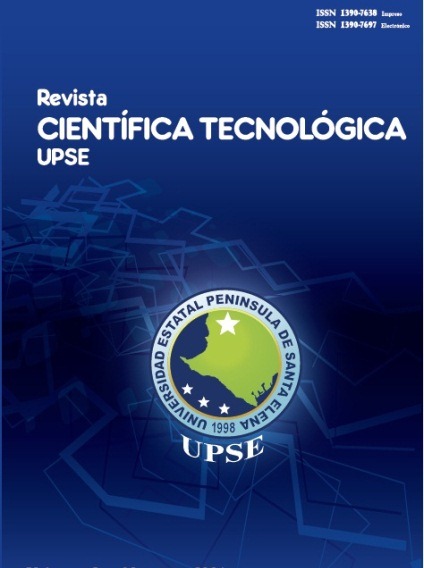Technology as a support for alerts and location of priority stakeholders
DOI:
https://doi.org/10.26423/rctu.v2i2.43Keywords:
alerts, emergencies, location, older, adults, children, special abilitiesAbstract
Technological advances have allowed the development of products and services that propose new forms of interaction between people and their environment; it´s not important the environment they grew, new technologies help simplify and facilitate various aspects of daily life, enabling more and better interactions. However, as new technologies bring great benefits could also build barriers particularly for disabled people.
This research analyzes several aspects of products and services on the market, that includes alerts and location of seniors, children and people with special needs, and the impact that cause these products on them in order to design factors refer to the requirements to meet the basic needs of these vulnerable groups. Finally the analysis of shortcomings and opportunities that these products have, providing a guide to the reader and potential final customers.
Downloads
References
F. G. Miskelly, «Assitive technology in elderly care.,» Age and Ageing, vol. 1, nº 30, pp. 455-458, 2001.
Y. Cheah Huei, T. Swe, L. Zheng Xian y N. Shou Yee, «Enterprise Mobile Tracking and Reminder System: MAE,» iJIM, vol. 6, nº 3, pp. 25-33, July 2012.
H. Mitchell, J. Johnson y S. LaForce, «The human side of regulation: emergency alerts.,» de MoMM2010 The 8th International Conference on Advances in Mobile Computing and Multimedia, New York, 2010.
T. Pradeep Rajan y C. Jayashree , «Virtual Security Zones for Student Tracking and Elderly Fall Alert Based on GPS Watch and Skin Pressure Sensitive Lock.,» International Journal of Scientific Engineering and Technology, vol. 2, nº 3, pp. 145-148, April 2013.
-7. Alert, «www.247alert.ec,» 24-7 Alert , 2014. [En línea]. Disponibleen: http://www.247alert.ec/como-funciona.html. [Último acceso: 20 Agosto 2014].
B. A. Medical, «www.bayalarmmedical.com,» Bay Alarm Medical, 2014. [En línea]. Disponible en: http://www.bayalarmmedical.com/. [Último acceso: 25 Agosto 2014].
K. Corporation, «www.kddi.com,»10 01 2007. [En línea]. Disponible en: http://www.kddi.com/. [Último acceso: 09 Septiembre 2014].
A. N. d. Ecuador, «www.asambleanacional.gob.ec,» 2008. [En línea]. Disponible en: http://www.asambleanacional.gob.ec/documentos/constitucion_de_bolsillo.pdf. [Último acceso: 01 Septiembre 2014].
A. Muñoz Sevilla, «Making Global Positioning System (GPS) accessible for people with visual impairment: the HaptiMap Project»,Integración. Revista sobre discapacidad visual, Edición digital N.º 61, pp. 3-4, Diciembre de 2011.
Downloads
Published
Issue
Section
License
El titular de los derechos de autor de la obra, otorga derechos de uso a los lectores mediante la licencia Creative Commons Atribución-NoComercial-CompartirIgual 4.0 Internacional. Esto permite el acceso gratuito inmediato a la obra y permite a cualquier usuario leer, descargar, copiar, distribuir, imprimir, buscar o vincular a los textos completos de los artículos, rastrearlos para su indexación, pasarlos como datos al software o usarlos para cualquier otro propósito legal.
Cuando la obra es aprobada y aceptada para su publicación, los autores conservan los derechos de autor sin restricciones, cediendo únicamente los derechos de reproducción, distribución para su explotación en formato de papel, así como en cualquier otro soporte magnético, óptico y digital.












